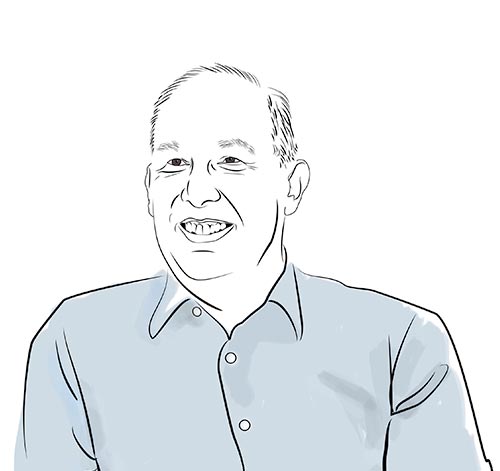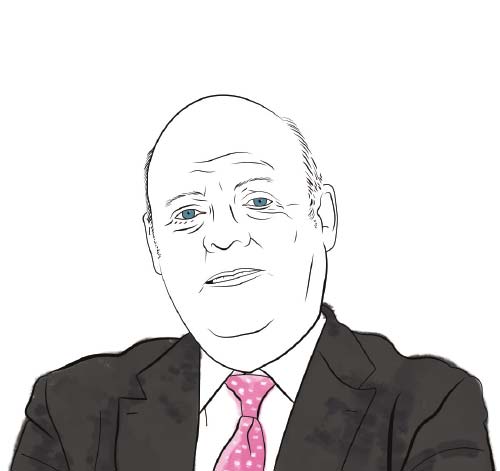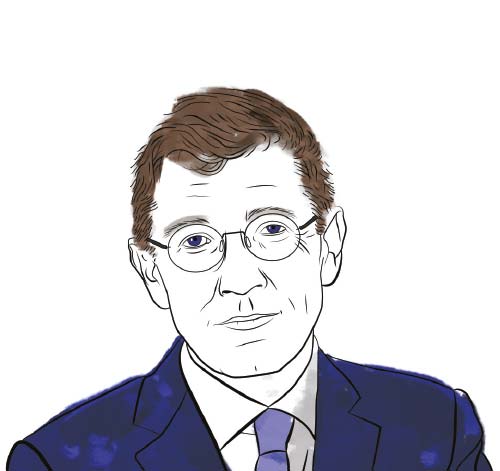The electrical system we know today is going through a significant change. We are moving towards smarter, more efficient homes and an increase in electric vehicles, but pressures on our asset infrastructure still exist. National Grid estimates a 60% increase in renewable generation and 30% increase in peak demand by 2050 and these changes will have an impact on asset ageing and management. Dr Vidyadhar Peesapati explains the challenges this poses for the electrical network.
Traditionally, power flow has been a one-way journey. Starting with generation, power is transported through the transmission lines, through the distribution networks and consumed by end users. But this is now changing to a two-way power flow, where end users not only consume energy, but also store and generate power that can be returned to the grid, especially when demand is high.
The government has started to look into different schemes encouraging households to do this. But what does this mean for the operation of the electrical system? What are the implications for the resilience of a network when we are dependent on small-scale storage systems and renewables alone?
Our network was designed to generate enough power instantaneously to provide the required capacity margin (the difference between supply and demand – usually there is an excess of supply to answer unexpected surges or sudden loss of generation). Are we then leaving ourselves vulnerable by eliminating large, multi-megawatt power stations? How will extreme weather affect the new system?
Most of the transportation of this extra power generated will need to be accommodated by the existing network. This is a Herculean task for an infrastructure that is around 50 years old. Innovation programmes, such as the Network Innovation Allowance, have encouraged network owners and operators to find solutions for future network reliability and asset management. But even with such programmes, historic underinvestment will have serious implications.
The consequence of failure of these ageing network assets is considerable, leading to blackouts. It’s neither technically plausible, nor financially viable, to replace the entire network in one go. At the same time, the risks are too high in implementing untested technologies on to the network without understanding the long-term impacts they would have on the system as a whole.
The need for research into understanding ageing and condition monitoring of old network assets is increasing, as is the need for funding long-term innovation projects. It’s extremely difficult to replicate 60 years of ageing within laboratory conditions. Researchers and utilities need to work in unison to tackle ongoing infrastructure improvement.
The challenge is twofold: primarily, trying to invest in new technologies and understand how these interact with the existing ageing network, and secondly, understanding ageing and monitoring the condition of existing assets in order to avoid failures on the network.
Both of these have to be done in parallel. All of this development and innovation will require significant investment, which could affect the price of electricity to consumers. Energy not only needs to be reliable, but affordable too. Understanding the economics of this process is important.
One thing is for sure: the need for skilled engineers is vital in solving all the above uncertainties. The changes that we’ll see in the next decade will define how we operate our electrical network – similarly to what was done in the 1950s. The current engineering graduates will be responsible for the maintenance of, and innovation for, this network for the next 50 to 60 years.
Dr Vidyadhar Peesapti
Knowledge Transfer Research Fellow, the Electrical Energy and Power Systems Group
A longer version of this piece was originally published in On Energy – a collection of thought leadership articles from energy and environment academics from across the University.
Correction (29 March 2018): The original version of this article contained a statistic which caused confusion without being clear what exactly it was referring to. We have corrected the statement and included more context in the opening paragraph for clarification. This now reads: ‘We are moving towards smarter, more efficient homes and an increase in electric vehicles, but pressures on our asset infrastructure still exist. National Grid estimates a 60% increase in renewable generation and 30% increase in peak demand by 2050 and these changes will have an impact on asset ageing and management’.





